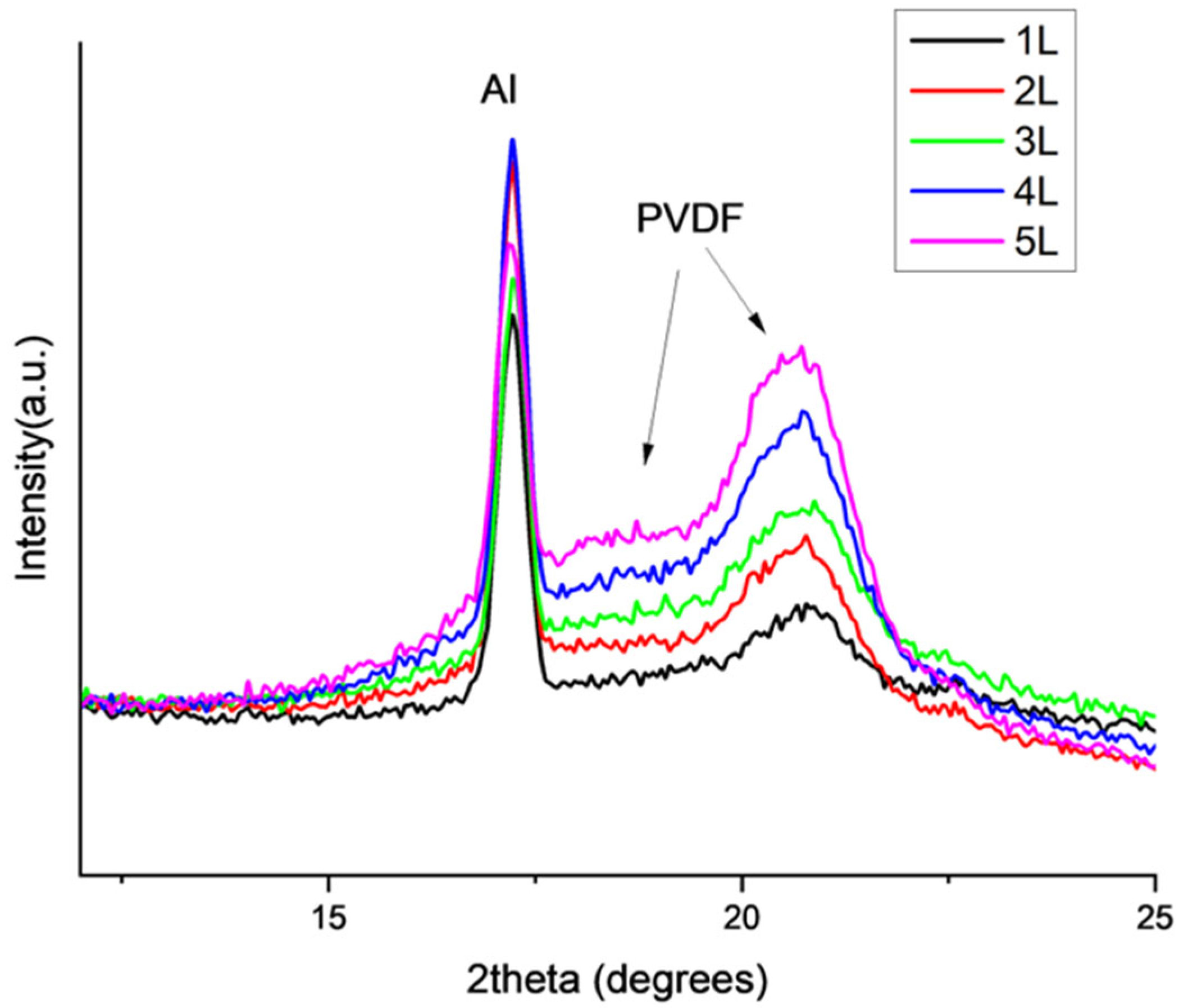

There's a calculator below.įirst, a rant about imagining the size of one pixel causes diffraction limiting: That absolutely does Not mean we need larger pixels, which would just be less resolution too. The problem is the diffraction size, regardless of the pixel size. And then yes, this Airy disk size can be computed in terms of our pixel's size, but which is just a comparison magnitude scale, and the pixel size as a measurement unit is NOT the problem. So we hear how our camera has an aperture limit, maybe a lens stopping down to near the lens f/stop limit, and that part is valid, stopping down the aperture does increase the diffraction. Then it covers and blurs the true detail, reducing resolution. Stopping down the aperture makes the diffraction become larger. Tiny pixels simply just better resolve any detail that is present, but pixels do not affect diffraction.Ī true point source when magnified (a star seen at high power in a telescope is a good example of diffraction) shows as a larger diffraction disk of concentric rings called an Airy disk ( see calculator below). It's not about the pixel, it's about the diffraction present. Yes, diffraction is a real problem caused by stopping down too much, but sometimes it is incorrectly worded in terms of the issue being when diffraction becomes larger than our digital sensor's pixel size. The Editors of Encyclopaedia Britannica This article was most recently revised and updated by Adam Augustyn.We read on the internet how our digital cameras can become "diffraction limited" as we stop down more. When a stream of fast particles impinges on the atoms of a crystal, their paths are bent into a regular pattern, which can be recorded by directing the diffracted beam onto a photographic film. When a beam of light falls on the edge of an object, it will not continue in a straight line but will be slightly bent by the contact, causing a blur at the edge of the shadow of the object the amount of bending will be proportional to the wavelength. When sound of various wavelengths or frequencies is emitted from a loudspeaker, the loudspeaker itself acts as an obstacle and casts a shadow to its rear so that only the longer bass notes are diffracted there. The phenomenon is the result of interference (i.e., when waves are superimposed, they may reinforce or cancel each other out) and is most pronounced when the wavelength of the radiation is comparable to the linear dimensions of the obstacle. One consequence of diffraction is that sharp shadows are not produced. Diffraction takes place with sound with electromagnetic radiation, such as light, X-rays, and gamma rays and with very small moving particles such as atoms, neutrons, and electrons, which show wavelike properties. See all videos for this articleĭiffraction, the spreading of waves around obstacles.

Learn about diffraction of sound, electromagnetic radiation, and small moving particles.
#Diffraction film how to
COVID-19 Portal While this global health crisis continues to evolve, it can be useful to look to past pandemics to better understand how to respond today.Student Portal Britannica is the ultimate student resource for key school subjects like history, government, literature, and more.From tech to household and wellness products.



 0 kommentar(er)
0 kommentar(er)
